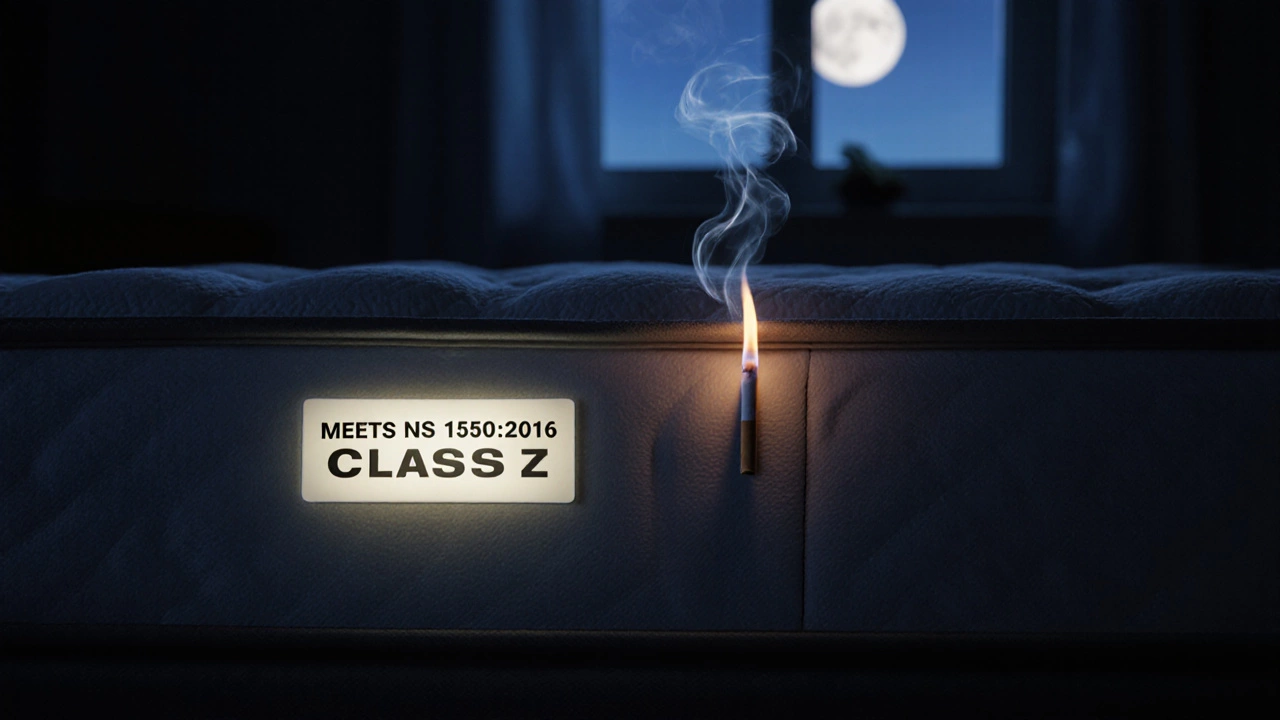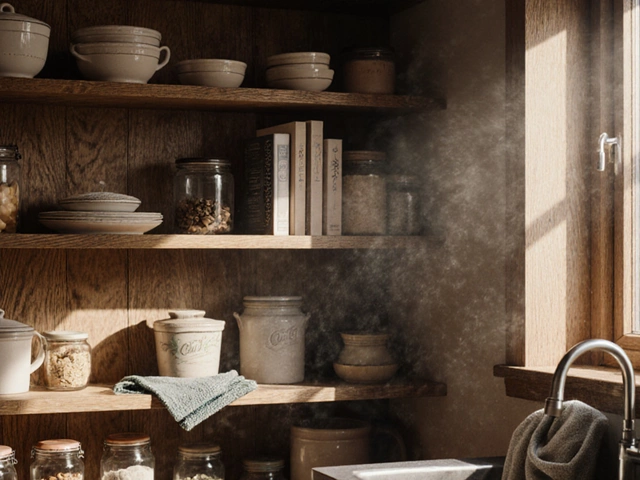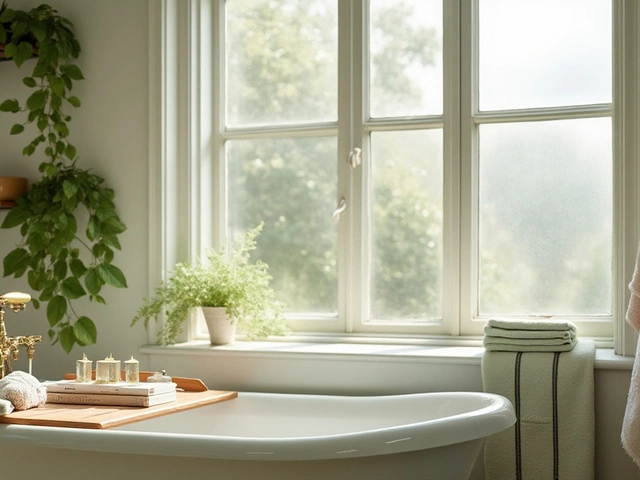Bedding Standards: What Really Matters for Comfort and Quality
When we talk about bedding standards, the measurable guidelines that define fit, material quality, and construction of sleep products like sheets, duvets, and pillowcases. Also known as bed linens specifications, these standards help you avoid buying sheets that are too small, too thin, or made from fibers that won’t last a year. It’s not just about thread count—that’s the old myth. Real bedding standards are about how the fabric is woven, what it’s made from, and whether it actually fits your mattress without sliding off in the night.
Take a sheet set, a coordinated group of fitted sheet, flat sheet, and pillowcases designed to work together. The problem? Many brands label something as a "queen sheet set" but use US sizing when you’re in the UK, and your mattress is 15cm thicker than average. That’s why you need to know the difference between extra-long, a term used when sheets are longer than standard to fit taller beds, especially in the US and NZ and deep-pocket, a design feature that allows fitted sheets to stretch over thick mattresses, including memory foam or hybrid models. A sheet that claims to fit a queen might only have a 12-inch pocket depth, but if your mattress is 14 inches thick, you’re left with a sheet that won’t stay put.
Then there’s the fabric. Cotton isn’t one thing—it’s a whole range. Egyptian cotton? It’s often marketing. What matters more is whether it’s long-staple cotton, which means fewer fibers break over time, leading to softer, stronger sheets. Percale is crisp and cool, sateen is smooth and warm, and linen breathes like nothing else. And don’t forget the duvet cover, the removable outer layer that protects your duvet and lets you change the look of your bed without buying new bedding. A good one has hidden buttons or ties inside to keep the duvet from shifting, not just a zipper that jams after three washes.
And pillowcases? They’re not just for looks. If your pillowcase is too tight, it pulls on your hair and skin. If it’s too loose, it bunches up and gets tangled. The best ones are cut with enough room to let your head rest naturally, made from the same material as your sheets so everything wears evenly.
These aren’t luxury details—they’re basics that make a real difference in how you sleep. You don’t need to spend hundreds. But you do need to know what to look for. That’s why the posts below cover everything from sizing charts that actually work across the UK, US, and NZ, to how to read the label on your sheets so you’re not fooled by false claims. You’ll find real breakdowns of what makes a duvet cover stay put, which materials stay cool in summer, and why some pillowcases feel like silk but cost a fraction of the price. No fluff. Just what you need to stop guessing and start sleeping better.

What is Class Z bedding? Understanding the new standard for mattress safety
Class Z bedding is a New Zealand fire safety standard for mattresses and bedding sets. It ensures products resist ignition and slow flame spread, giving you critical time to escape in a fire. Learn how to identify compliant products and why it matters.
Categories
- Storage (27)
- Bathroom (17)
- Sofas (15)
- Curtains (14)
- Home Decor (12)
- Bedding (10)
- Kitchenware (10)
- Cushions (10)
- Mirrors (10)
- Rugs (9)
Popular Articles



